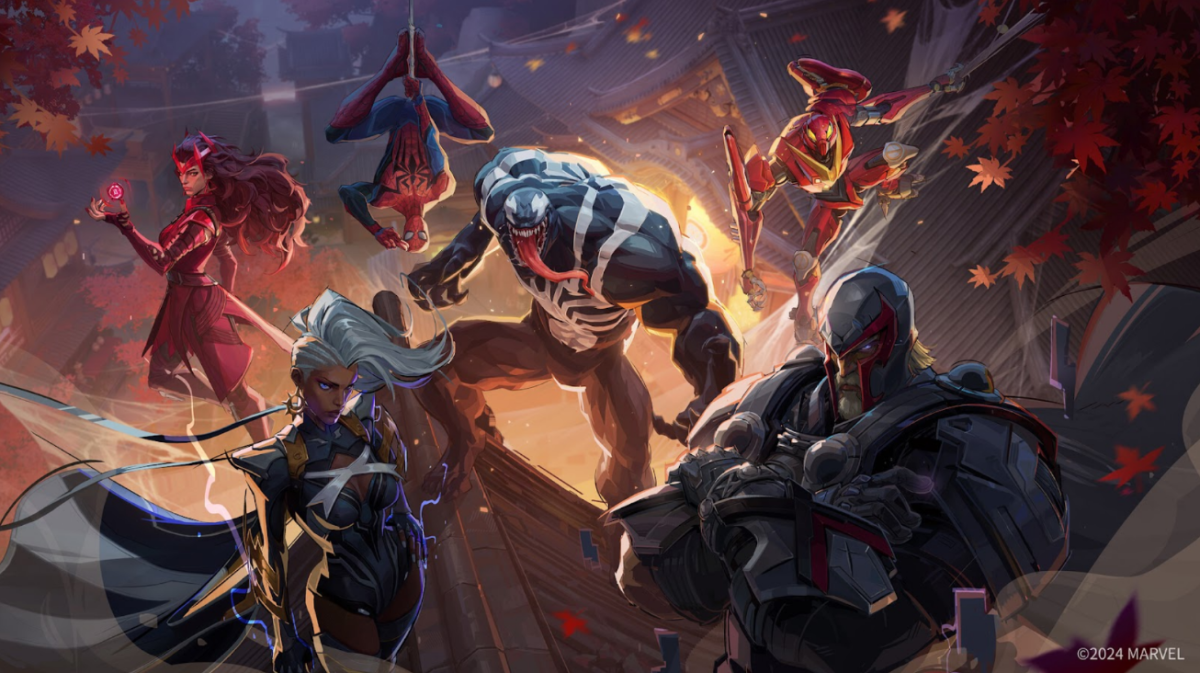“Everything is Tuberculosis: The History and Persistence of Our Deadliest Infection” (often abbreviated to EIT) is John Green’s second ever nonfiction book, his first being a collection of essays in which he reviewed aspects of the current geologic era on the five-star-scale, hence the book’s title, “The Anthropocene Reviewed.” Otherwise, Green has stuck within the realm of young adult fiction, often portraying larger social issues through the lens of an adolescent main character.
Even in comparison to his other non-fiction work, EIT is wildly different. It uses a mix of historical anecdotes, personal experiences, and statistics to emphasize the influence that tuberculosis (TB) has had on humanity. Not only does the book dive into the major impact that TB has had on the human past and present, it also delves into the complex ways in which humanity has shaped the disease.
Green narrates the social view of TB as it has fluctuated throughout history, often thought to be the product of one’s social rank, personality, and other moral aspects. He explains that humanity has spent millennia trying to explain why people get TB, quoting a Kurt Vonnegut poem which says “Tiger got to hunt, bird got to fly; Man got to sit and wonder ‘why, why, why? Tiger got to sleep, bird got to land; Man got to tell himself he understand.” The result of such consistent consideration of the cause of infection (well before the germ theory or any true understanding of bacterial illness) were ideas like that of a magazine from the early twentieth century which believed that authors’ “waywardness, peevishness, irascibility, misanthropy, [and] murky passions … are referable to their constitutional peculiarities and condition.” While authors may tend to carry such traits, it is needless to say that TB is not concerned about the character, social class, or race of its inhabitants.

In the fifth chapter of the book, he writes, “We pay a lot of attention to how we treat illness, and much less to the critical question of how we imagine illness.” This sentence segues into one of EIT’s main topics, how the envisionment of an illness prompts and creates inequality of treatment. TB is a particularly good example of this because it is both the deadliest infectious disease worldwide and curable. In higher income countries, TB is thought of by the vast majority of people as an ancient disease, while in lower income countries, the disease runs rampant. 1.25 million people died of TB in 2023 alone despite its curability.
Green highlights the story of a young boy, Henry Reider, and his experience with the disease. Reider was put at a disadvantage by the inadequate dispersal of treatment for TB. He lives in Sierra Leone and has struggled for most of his young life with the disease. He has since recovered, but not nearly as easily or rapidly as possible in Western countries. Henry is just one example of many victims of healthcare inequalities and injustices like this one.
The popular mindset that TB is no longer relevant in our modern age is often touched on throughout EIT. It is the act of imagining TB as a consumptive disease belonging only to the lower classes and authors of the past that perpetuates its widespread lethality. The disease has been curable for 80+ years, its deadly impact on humanity is now a choice rather than a side effect of unfamiliarity.




























